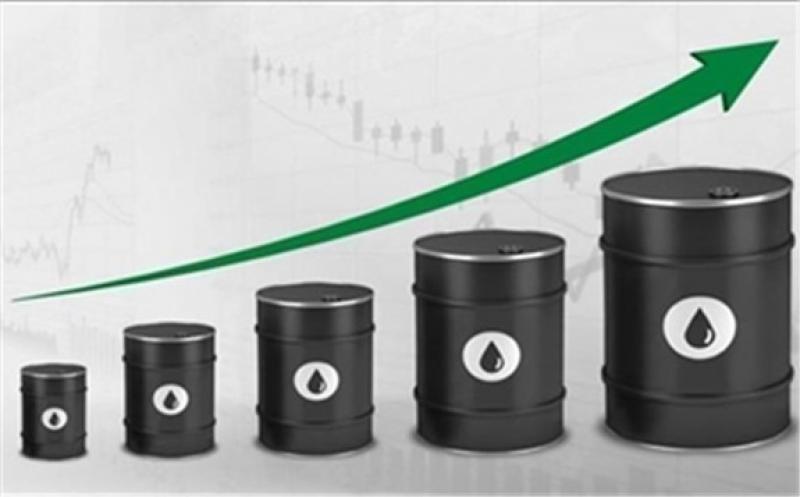Opec+ output rose sharply in September, pushed higher by production recoveries in Nigeria, Angola and Kazakhstan and by a notable increase from Iraq.

Argus' survey shows that participants in the coalition's restraint deal raised production by 650,000 b/d last month, to 36.51mn b/d. This was higher than the 400,000 b/d monthly increase allowed under the agreement, but overall compliance remained strong at 113pc.
Much of last month's additional crude came from west Africa, with Nigeria adding 160,000 b/d after the resumption of loading activities at the Forcados terminal on 8 September. A series of infrastructural and logistical difficulties had pressured Nigerian production, although state-owned NNPC managing director Mele Kyari has said Abuja's production rose last month and will recover to near the country's Opec+ quota. Angolan output increased by 90,000 b/d, but only to a level more than 200,000 b/d below its 1.35mn b/d quota. Luanda's production has been depressed by chronic underinvestment and weakening output from mature oil fields.
In the Middle East, Saudi Arabia added its 100,000 b/d entitlement under the September quota increases, and Iraq raised output by the same amount to break a three-month streak of over compliance. Preliminary Argus tracking puts overall exports of Iraq's Basrah grades and Kirkuk blend crude rose by a combined 222,000 b/d from August to 3.63mn b/d last month.
Deal-exempt Iran's production rose by 40,000 b/d to 2.47mn b/d in September, when its exports increased and refinery runs strengthened. Output eased in Libya, which is also excluded from the deal, because of intermittent port disruptions caused by protests and by a brief leak at Waha Oil infrastructure.
Among the deal's non-Opec countries, Kazakhstan raised output by around 50,000 b/d to 1.34mn b/d after the TCO consortium concluded maintenance at the 13bn bl Tengiz field around after the middle of the month. The country's production had moved up to quota levels by late September, although it dipped again in the early part of this month.
Russia increased production by nearly 100,000 b/d, keeping it above its quota. Exports rose by more than 200,000 b/d on the Transneft pipeline system, mostly to the main cargo ports on the Baltic Sea and Black Sea coasts and through the Pacific port of Kozmino. Shipments on the Druzhba pipeline to central and eastern Europe picked up slightly, although this was offset by a drop in pipeline deliveries to China.